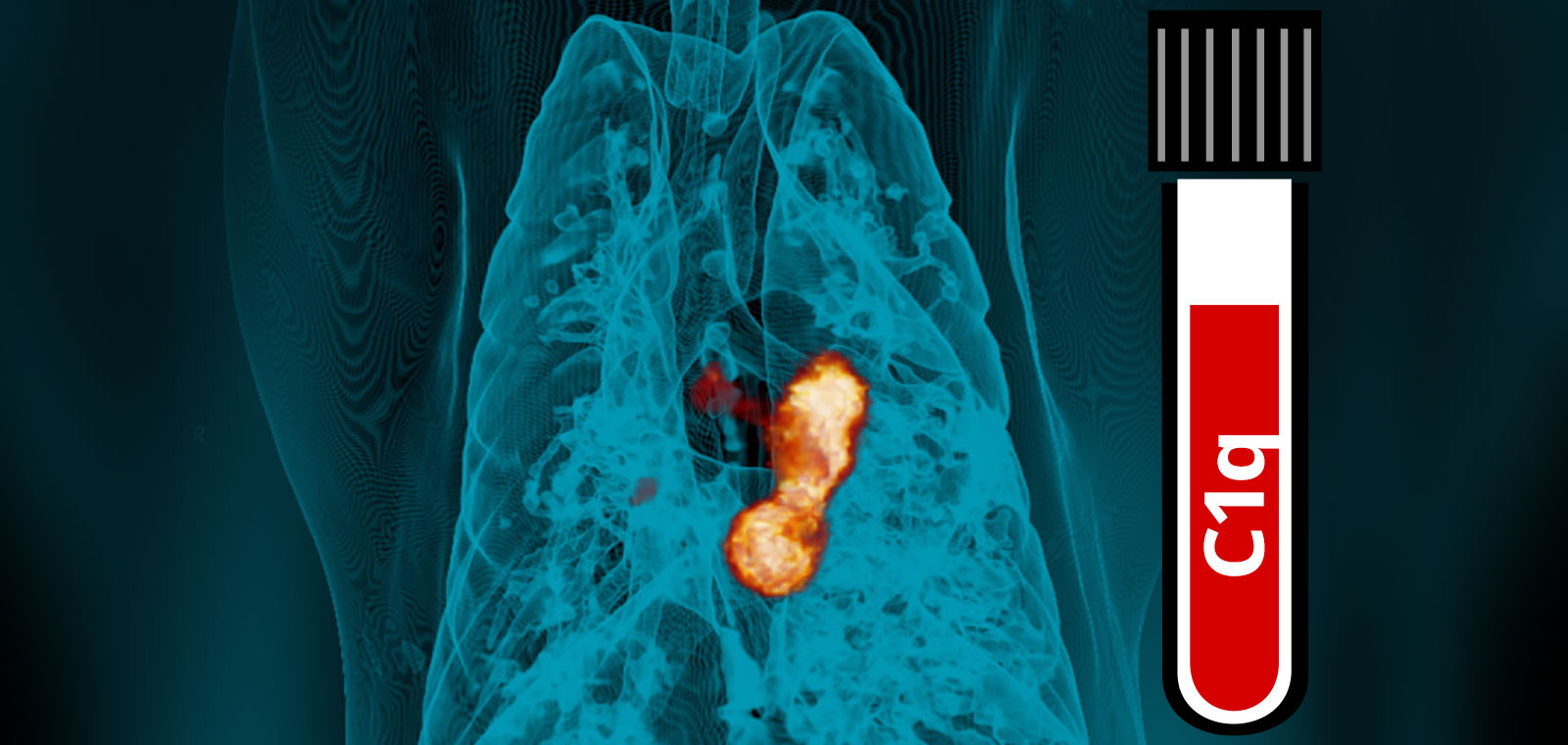
It remains a great challenge to diagnose tuberculosis in time and predict disease progression. In the search for alternative diagnostic methods, BPRC’s tuberculosis research group has made an interesting discovery in light of a new potential “biomarker” for tuberculosis (TB).
A “biomarker” is a quantifiable biological value that can say something about the presence or the severity of a disease, in this case tuberculosis. This new diagnostic marker was earlier discovered in humans, but the correlation between this marker and the severity of TB has recently been further investigated using monkey models.
Why is an alternative diagnostic method needed?
Methods to adequately diagnose tuberculosis infections are still not yet optimal. TB is often diagnosed when the patient has already developed symptoms. Then it’s possible to detect the bacteria (Mycobacterium tuberculosis) which causes TB, in saliva and coughed-up mucus. The diagnostic tests that are being used today, have several big disadvantages. The most commonly used test attempts to detect TB bacteria using microscopy. This method leads to many false-negative results and as a consequence, patients are incorrectly declared free of tuberculosis. A more sensitive diagnostic test is available, but it is expensive. Hence the search for better methods to diagnose TB. One way to reveal TB is to detect the bacteria itself. The other is to use a “biomarker”.
Why focus on a new biomarker?
A “biomarker” detects TB indirectly (in blood or urine, for example) by measuring the change in a biological value. A possible new biomarker for TB is C1q, a protein that is naturally present in blood. Previous research has shown that patients with TB have increased levels of this protein.
What research has BPRC conducted?
In collaboration with scientists from that previous research, our TB scientists have investigated whether monkeys infected with TB also have increased levels of this protein. The use of monkey models has the advantage that it’s exactly known when TB infections occur and how the disease is progressing.
What have our scientists discovered?
They discovered that levels of C1q were also increased in monkeys infected with TB! Levels of this protein turned out to be highest in animals which showed the most symptoms. Moreover, the increase in C1q levels in some animals already occurred several weeks after infection. Based on this information it was even possible to predict which animals would develop severe TB at a later stage. The C1q levels were also consistent with the progression of the disease measured by a PET-CT scanner, an imaging technique that is more sensitive than standard radiography and provides even more detailed information.
Why is this information so important?
This new biomarker may be used, for instance in the absence of imaging equipment, to monitor the course of the disease. Also, this research contributes to our knowledge of the potential role this protein plays in the progression of TB. Furthermore, the results of this research prove once more that scientists can confirm and explore findings in humans with the aid of monkey models.
The whole publication is available for free in the journal Scientific Reports.

